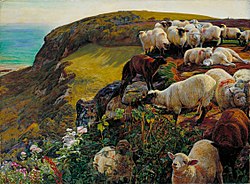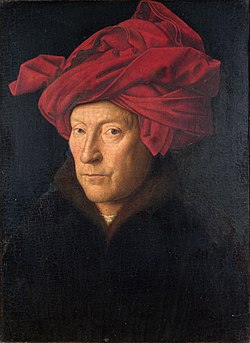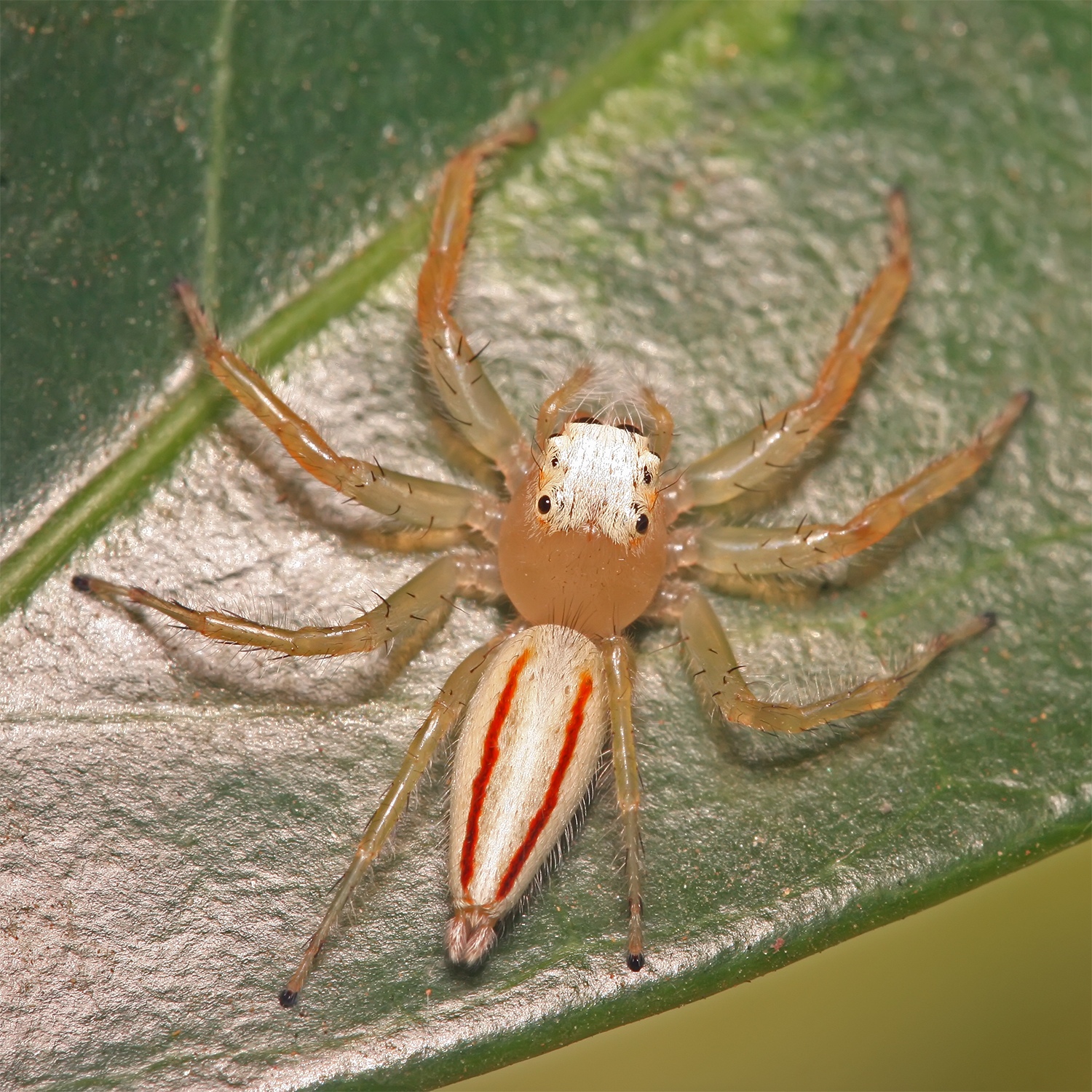Wikipedia:Wikipedia Signpost/2014-10-29/Featured content
Featured content
Go West, young man
(By the way, there is a monster at the end of this article)
-
Frederic Remington's Aiding a Comrade
This Signpost "Featured content" report covers material promoted from 19 to 25 October.
Featured articles

Two featured articles were promoted this week.
- Æthelstan A (nominated by Dudley Miles) A fascinating article about an anonymous scribe in tenth-century England; "Æthelstan A" is the nom de plume given to the scribe by historians. The scribe drafted charters (or land grants) for King Æthelstan of England between 928 and 935, and the unique level of detail "Æthelstan A" included in his work has been important source for historians. His identity is unknown: he was probably English, as he wrote it fluently in the parts of the charters that weren't in Latin; he evidently had some connection with Bishop Ælfwine of Lichfield (in Mercia), as he regularly placed him in the list of witnesses higher than the Bishop's rank warranted, but beyond that, all is speculation. He did stop writing charters after Ælfwine's death, so he may have been Ælfwine, but scholars disagree on that point.
- Rodent (nominated by LittleJerry, Chiswick Chap and Cwmhiraeth) Yes, the cute and cuddly little creatures have their moment in the spotlight thanks to some sterling work by LittleJerry, Chiswick Chap and Cwmhiraeth. According to the article, rodents are "characterized by a single pair of continuously growing incisors in each of the upper and lower jaws". About forty percent of all mammal species are rodents and they range in size from the 66 kg (146 lb) capybara to the 3.75 g (0.13 oz) Baluchistan pygmy jerboa.
-
Venetia James, as painted by Luke Fildes
-
A stunning picture of the constellation Orion
-
John C. Calhoun, as painted by George Peter Alexander Healy
Featured lists
Three featured lists were promoted this week.

- List of ICC Champions Trophy centuries (nominated by Vensatry) Vensatry's 27th featured list is, like a number of its predecessors, cricket related. This time he has focussed on those who have scored 100 or more runs in the ICC Champions Trophy. The competition, which has been run since 1998, is a One Day International tournament organised by the International Cricket Council (ICC). India lead the list with eight centuries, followed by Sri Lanka with seven, although Sri Lanka has the most centurions, with six.
- Timeline of Briarcliff Manor (nominated by ɱ) Briarcliff Manor is a village in Westchester County, New York; its history goes back to the 19th century, although the area had been occupied since the Archaic period. ɱ has also recently got the village's article up to FA recently, and the two pieces of featured content complement each other admirably.
- List of Asia Cup centuries (nominated by Vensatry) The Asia Cup is a cricket tournament, and, if there's one thing I've learned from reading P. G. Wodehouse's school stories (seriously, they're actually really good), a century at cricket (scoring one hundred runs in a single game before being knocked out) is a high achievement, only done, even by cricket prodigies like Mike, once or twice a year at best. Started in 1984, the Asia Cup has run every two years (with occasional skipped years due to tensions between India, Pakistan, and Sri Lanka). In the twelve times the Cup has run, an impressive forty-seven centuries have been scored.
-
Alexander Roslin's The Lady with a Veil shows one view of his wife Marie-Suzanne Giroust...
-
But his Self-portrait with his wife, Marie-Suzanne Giroust, painting Henrik Wilhelm Peill shows a very different side of her.
Featured pictures
Nineteen featured pictures were promoted this week.






- King vulture (created by Olaf Oliviero Riemer, nominated by Nikhil) A stunningly colourful bird, the king vulture portrait is full of colours like a Fauvist artist's palette. The rest of the body, however, is grey and black. His article tells us about him that: The king vulture is a large scavenger vulture found in Central and South America, with a wingspan of 1.2–2 meters (4–6.6 ft). The king vulture soars for hours effortlessly, rarely flapping its wings. King vultures mate for life and generally lay a single unmarked white egg at a time in their nest in a hollow in a tree. Because of its large size and beauty, the king vulture is an attraction at zoos around the world.
- Aiding a Comrade (created by Frederic Remington, nominated by Adam Cuerden) Frederic Remington (1861 – 1909) is the New Yorker who is a master of telling stories, like this one - two cowboys from the Wild West attempting to lift up their friend who has fallen from his horse, picking up their comrade from the dirt and dust while being pursued by Indians/Native Americans/American Indians. The blonde cowboy reaches for the horse while the dark-haired one stretches his arm towards the fallen one trying to pull him up...
- Mohiniyattam performer (created and nominated by Augustus Binu) Mohiniyattam is a graceful classical dance from Kerala, India, and is a dance meant to be performed in solo recitals by women. Believed to have originated in 16th century CE, it is one of the eight Indian classical dance forms recognised by the Sangeet Natak Akademi.
- Airline meal (created by Austrian Airlines, nominated by GamerPro64) This is a beautifully shot photograph of an airline meal, albeit one that is only available at an extra cost, and must be ordered in advance. The menu for this meal is boquerones, olive tapenade, sun-ripened tomatoes and fresh basil in olive oil, jamón, manchego, fuet, chorizo, grilled vegetables, chocolate mousse, fresh strawberries, and a freshly baked bread basket.
- Self-portrait with his wife, Marie-Suzanne Giroust, painting Henrik Wilhelm Peill (created by Alexander Roslin, nominated by Hafspajen) Selfportrait by the fashionable Parisian artist, Alexandre Roslin with his wife, Marie-Suzanne Giroust, who is painting a portrait of Henrik Wilhelm Peill. Roslin points at a gold box he received from Peill as a present. On the edge of the paintings frame is written Loin et près ("Far away and yet close"), showing that the portrait was a symbol of friendship. This painting was purchased by the Swedish National Museum in 2013, for a shedload of money.... (19.5 million Swedish krona, or 26,030,000 U.S. dollars...)
- The Lady with the Veil (the Artist's Wife) (created by Alexander Roslin, nominated by Hafspajen) A veiled woman, smiling mysteriously, face half-seen, holding a fan. There's actually a traditional language of the fan (Which we don't have an article on! Shame!), and how she's holding the fan appears to be code for "I want you". The things those artists get up to with their models! And this flirtatious model happens to be the artist Marie-Suzanne Giroust, who happened to be married to Alexander Roslin, the painter of this portrait! Does the scandal have no end?
- John C. Calhoun (created by George Peter Alexander Healy, nominated by Crisco 1492) An observer commented that Calhoun was "the most elegant speaker that sits in the House... His gestures are easy and graceful, his manner forcible, and language elegant; but above all, he confines himself closely to the subject, which he always understands, and enlightens everyone within hearing; having said all that a statesman should say, he is done." Look at the painting and ask to him speak a few words, isn't it almost like he could talk back?
- Sir Paul Fildes (created by Luke Fildes, nominated by Adam Cuerden) Paul Fildes, son of the painter Luke Fildes - who painted this artwork - was a fairly notable scientist: he worked at the Royal Hospital Haslar during the First World War, where he helped with the research on sulphonamides, and is perhaps most notable for his work on anthrax at Porton Down during the Second World War, which led to the development of weaponised anthrax. Happily, this part of his work was never applied.
- William H. Seward (Unknown photographer; restored and nominated by Adam Cuerden) Those who read the Signpost regularly will recognise this image: Started a bit before William H. Seward passed featured article, the amount of spotting and dust and damage meant it took a bit of time to finish cleaning up, but I think the results were worth it, and the featured article now has quite a nice lead image. Seward was Governor of New York, Senator for New York, and the favorite for the Republican nomination for president in 1860. Instead, the convention nominated Abraham Lincoln, and, while devastated at first, he soon teamed up with Lincoln, helped him win the presidency, and was appointed Secretary of State. During the American Civil War, he helped handle the foreign diplomacy that kept other nations from supporting the Confederacy; after the war, during the reign of Andrew Johnson, he handled the Alaska purchase. After the Johnson tenure, he failed to gain an appointment from incoming president Ulysses S. Grant, retired from politics, and died four years later.
- Tripedalia cystophora (From an article by Jan Bielecki, et al.; nominated by J Milburn) A tiny box jellyfish (about half an inch (1cm) in diameter), Tripedalia cystophora is native to the Caribbean Sea and, apparently, the Central Indo-Pacific, which we don't have a map for, so good luck figuring out what that means. It has been observed living in mangrove swamps, with interesting behavioural patterns therein.
- Our English Coasts (created by William Holman Hunt, nominated by Hafspajen) This is a gorgeous work, painted in bright, bold, saturated colours, but so well-used that they blend into a very realistic landscape, magnificently portraying a typical seaside coastal cliff, as the mind sees it, as opposed to the less-vivid colours of nature. The sheep are a particularly fine example of the technique: bright reds and vivid yellows are used in their wool perfectly to give a paradoxically very realistic portrayal.
- Precious Metal (created and nominated by WPPilot) Not gold, silver, platinum, or palladium, but an aeroplane - Precious Metal is a custom built, highly modified North American P-51XR Mustang registered as N6WJ with the American Federal Aviation Administration. The lovely aeroplane's publicity photo features lingerie model Jessica Alicia Bertrand, quite stunning...
- Telamonia dimidiata (created and nominated by Muhammad Mahdi Karim) This cute, but terrifying jumping spider (was there ever a more ominous gerund to pair with "spider"?) has translucent yellow-orange legs and body, parts covered in thick cream-white hairs, with red hairs marking a pattern on its abdomen. Also called the two-striped jumper (but don't try to wear it: IT'S A SCARY SPIDER!) it's, nonetheless, apparently actually completely harmless to humans, and thus I shall reluctantly have to use the techniques I use with British spiders: Talk to them soothingly and hope they don't move in my direction, while thinking they're kind of sweet creatures, who only want to help out. I have weird issues with spiders.
- Venetia James (created by Luke Fildes, nominated by Adam Cuerden) Venetia James was the wife of racehorse-breeder Arthur James, godmother to the future Queen Elizabeth II, friend to King Edward VII, notorious miser (inviting Catholics round on Fridays, so she could serve them fish instead of more expensive meat, for instance), and, if the painting is any guide, owner of a very lovely, elegant dog.
- Pembroke College (created by Godot13, nominated by Armbrust) Founded in 1624, Pembroke College, Oxford is one of the many colleges that make up the University of Oxford. This photograph shows Pembroke College Hall from the manicured grass of the Quad.
- Family Computer Disk System (created by Evan Amos, nominated by Crisco 1492) An accessory for the Nintendo Famicom (also shown, sitting on top), the Family Computer Disk System improved sound, and allowed the purchase of rewritable games from kiosks, but the development of cartridges with more ROM than a single disk allowed, combined with design flaws, such as an unreliable, non-standard belt meant that production ceased after two years, while the last new Famicoms were sold twenty years after the system's launch.
- Portrait of a Man (created by Jan van Eyck, nominated by Hafspajen) Portrait of a Man is a portrait of a man wearing a red chaperone painted by Jan van Eyck (1390–1441), a Flemish early Netherlandish Renaissance painter. Van Eyck's portraits are characterized by a meticulous attention to detail and for the naturalness of his depictions long before Michelangelo and Raphael, which made him a huge deal back then; he was highly regarded as a portrait painter at a time when everyday people, not only royalty or aristocracy, had begun to order portraiture.
- Orion (created by Rogelio Bernal Andreo, nominated by The Herald) A gorgeous photograph of the constellation Orion showing the nebulae usually hidden by their faintness. A whole world of astronomical beauty is revealed.
- Mõdriku Manor (created by Ivar Leidus, nominated by Yakikaki) Mõdriku manor is a longish pink building, and was the Kaulbars family manor; a family with complicated descent. The Kaulbars were a Baltic German noble family descended from the Swedish aristocratic family von Kaulbars, of Swedish origin, which remained in Estonia after the country was ceded to Russia. The notable general explorer Alexander Kaulbars was born in Mõdriku, present-day Estonia, and grew up in St. Petersburg. Both his father and his brother rose to the rank of general in the Imperial Russian Army. The Mõdriku estate (in German Mödders) was first mentioned in 1470. Over the centuries, it has been the property of various Baltic German families.
Featured topics
One featured topic was promoted this week.
- Cruisers of Germany (nominated by Parsecboy) A fine featured topic, with five good topics as subtopics - but, let's be honest: This is a Parsecboy project, so they're all going to end up featured. Consisting of six featured articles detailing the range of types of cruisers used by Germany from the first in the mid-1880s, to the end of cruiser production after World War II, it's an impressive work. Have a look!
Featured terror
-
Hi! Happy Hallowe'en! I'm the friendly orange jumping spider at the bottom of this page! I'm called Telamonia dimidiata! Pleased to meet you! ...What are you doing with that newspaper?









Discuss this story
Tis the season for arachniphobia, isn't it? GamerPro64 16:32, 31 October 2014 (UTC)[reply]
Draft? Why publish then? Simply south ...... sitting on fans for just 8 years 23:27, 31 October 2014 (UTC)[reply]
Really enjoying the "featured terror" section header. Ed [talk] [majestic titan] 21:03, 1 November 2014 (UTC)[reply]